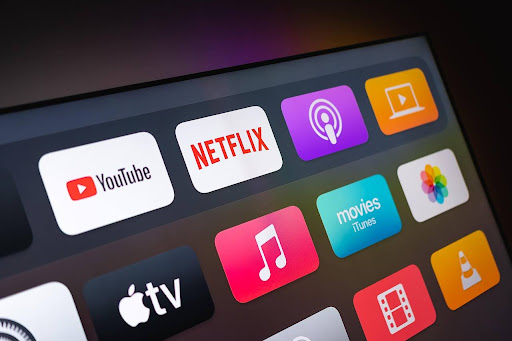How online platforms are transforming entertainment across Africa

Mobile-first habits are reshaping how people watch, play, and pay across the continent. Cheaper Android handsets, improving 4G, and pay-as-you-go data bundles have turned phones into the default screen for news, music, film, live sport, and games. At the same time, payments have moved into the app layer, so the jump from seeing content to paying for it takes seconds. Below, we break down the trends that matter now.
Mobile is the primary screen
Most African audiences come online through a phone. That is why publishers, artists, and studios design for small screens first: tighter files, adaptive streams, and interfaces that work on older devices. The result is steady growth in time spent on video, live streams, and interactive formats. Telcos are leaning into this shift with zero-rated bundles and short passes for match days or premieres, which keeps viewing affordable for more people. GSMA‚Äôs regional outlook underlines the direction of travel: mobile technologies and services generated a significant share of Africa‚Äôs GDP and will keep rising as 4G spreads and 5G lands in more markets.¬Ý
Payments are now part of the product
When the payment rail sits inside the app, people watch, tip, buy, and subscribe without swapping screens. That same logic explains why search interest often includes phrases like online casinos that take Cash App, not just for novelty, but because those casino sites already treat mobile wallets as the default checkout layer. Users expect entertainment platforms (from music to gaming) to support fast, familiar rails that mirror their day-to-day money apps. In Africa, mobile money is the closest equivalent: it’s embedded, trusted, and tuned to small, frequent transactions. Local news shows how seriously providers treat the channel. They block more than 400,000 scam texts every day to keep the experience clean. That level of active risk control is what makes in-app payments feel safe and routine.
Local platforms, local catalogs
Streaming is strongest when it feels local. MTN’s move to develop a regional streaming service shows how telcos are becoming media houses, bundling data with drama, football highlights, and kids’ shows in local languages. It’s a practical edge against global platforms: cheaper plans, lighter apps, and licensing that matches regional tastes. Expect more partnerships where connectivity, billing, and content live under one roof.
Short video meets live events
The pipeline from a creator’s phone to an audience is now direct. Musicians’ debut tracks on short-video apps, then sell concert tickets in the same feed. Broadcasters slice match days into snackable clips that travel fast, while full replays sit behind data-light subscriptions. As infrastructure improves, latency drops, and live viewing becomes less fragile in busy cities.
Esports and social play are growing
Casual multiplayer titles, fantasy sports, and mobile esports tournaments are gaining scale because the barrier to entry is low: a cheap handset and a stable connection. Local organizers keep file sizes small and prize pools realistic, and they schedule around evening peak hours when internet cafés and homes are busiest. The social layer, groups, fan chats, and creator communities keep engagement high between events.
Discovery, pricing, and the “try it now” culture
Most platforms win by making the first minute effortless. Lightweight trials, ad-supported tiers, and daily passes pull people in. Once inside, clear file sizes and honest data estimates help users budget. In markets where data is expensive, transparency is a growth tool. Audiences decide whether to stream now over Wi-Fi later. GSMA’s reporting notes that affordability remains the biggest adoption lever; platforms that respect data constraints grow faster.
Newsrooms and entertainment converge on mobile
Publishers aren‚Äôt just posting articles; they‚Äôre shipping interactive explainers, carousel recaps, and voice notes optimized for commuters. That blend of formats keeps audiences in-app longer and opens new ad products that fit the small screen. Inside Ghana, for example, the conversation around digital wallets and data costs is now a business story as much as a tech story, showing why payment UX and affordable access matter for every media vertical.¬Ý
Why this matters for creators and businesses
For creators: keep files small, captions readable, and payment options visible. For businesses: integrate mobile money, simplify checkout, and respect data realities. For policymakers: spectrum policy and affordable devices aren’t abstract goals. They decide who participates in culture.
AI recommendation systems are shaping what becomes “mainstream”
Africa’s entertainment shift isn’t only about distribution. It is also about discovery. AI surfaces clips, playlists, and highlights that fit each person’s taste, and this has changed which creators break out first. Content that once required expensive marketing now spreads through algorithmic ranking, pushing niche interests into mainstream attention. This pattern matters because in markets where data is costly, people engage with what loads quickest and feels relevant immediately. AI personalisation is quietly becoming a form of cultural curation.




